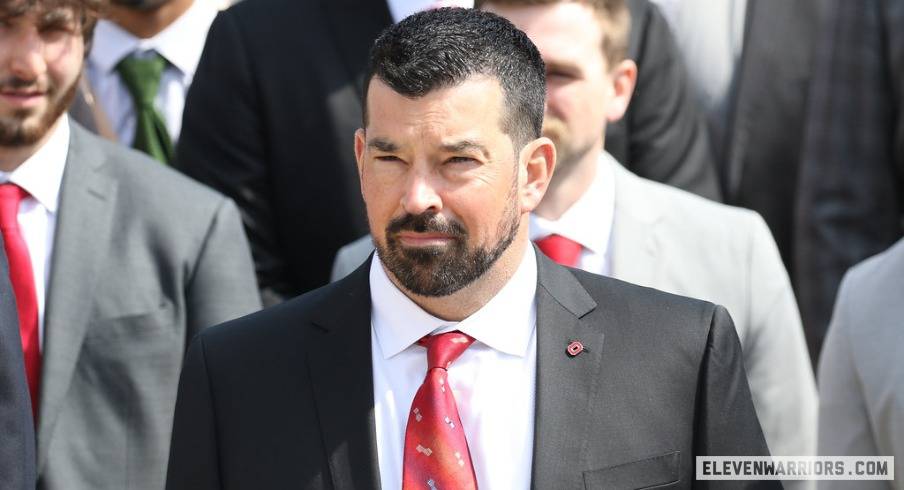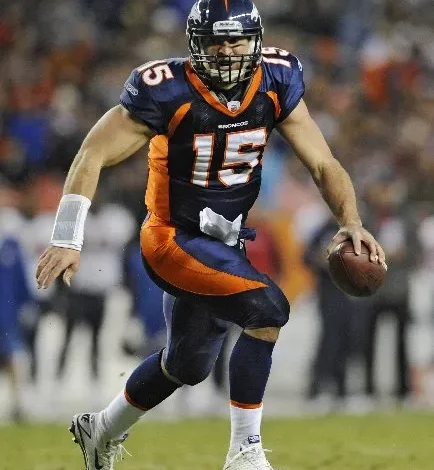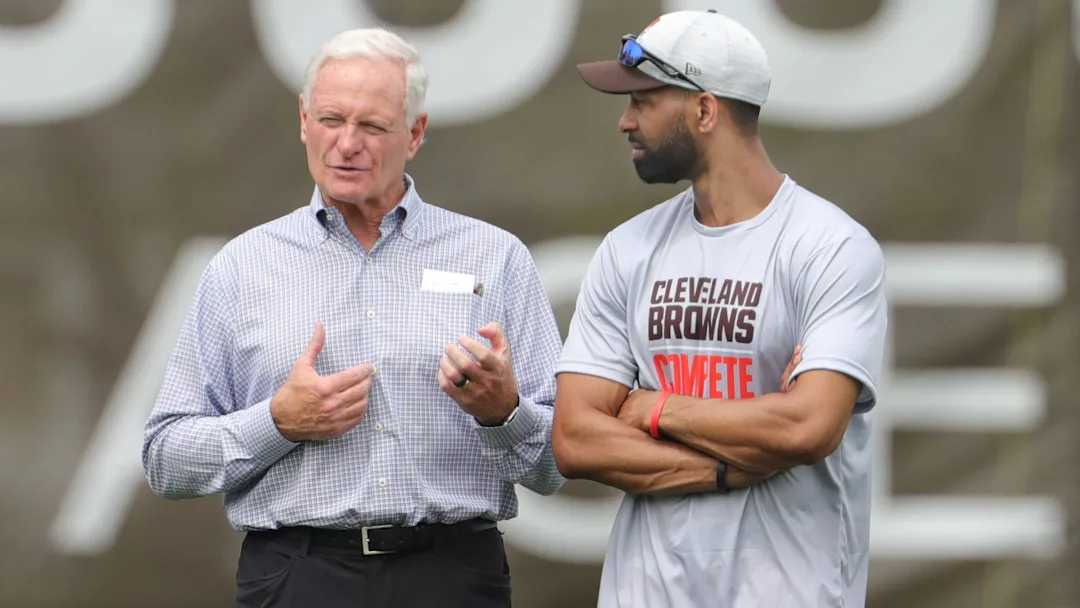Ohio State’s 2024 national championship didn’t just add another title to its storied football legacy—it reshaped how elite college programs will approach roster building in the NIL era. In a time when many believed that the only path to the top was by hoarding every five-star recruit, the Buckeyes flipped that narrative on its head. They proved that with the right strategy—one that embraces the power of name, image, and likeness (NIL) opportunities, intelligent revenue-sharing models, and elite player development—a program doesn’t have to land every high school superstar to hoist the trophy in January.
Ohio State’s success wasn’t accidental. The school has long been a national recruiting powerhouse, but in recent years, the recruiting landscape changed dramatically. With NIL emerging as a legal, regulated method for players to earn money, the most resourceful programs have had to evolve. Rather than chasing every top recruit and getting caught up in public bidding wars, Ohio State played a smarter, more long-term game. They leaned into developing their own NIL ecosystem—an environment where players understood they could earn money, build brands, and thrive athletically without needing to be part of the latest hype cycle. This approach wasn’t flashy, but it was solid, sustainable, and, in the end, championship-worthy.
Critics had questioned whether this type of model could keep pace with the schools rumored to be funneling vast NIL resources directly into recruiting. Some SEC programs were accused of building pay-for-play models under the NIL umbrella, while others prioritized quantity over quality, signing massive classes stacked with four- and five-star talent. But Ohio State focused on fit, character, and developmental upside. The Buckeyes recruited players who weren’t just talented but bought into the long-term vision of growing as both athletes and marketable personalities within Columbus’s vibrant media and business scene.
The school’s NIL infrastructure gave them a real competitive edge. Through collectives, sponsorships, local business partnerships, and university-backed guidance, players found opportunities to earn while still focusing on football. Star players didn’t need to chase the transfer portal every offseason looking for a payday. They knew the structure in place at Ohio State would support them consistently. This stability translated directly into team chemistry and on-field excellence.
Revenue sharing, once a controversial topic, became a quiet weapon in Ohio State’s arsenal. While not formalized in the same way a professional league might structure it, the Buckeyes’ ability to funnel significant financial benefits—through NIL deals, appearance fees, endorsements, and community engagement—effectively mirrored a revenue-sharing model. Star athletes weren’t just cashing in; role players and developmental prospects also found opportunities to earn. This helped the Buckeyes build depth, retain players who might otherwise transfer for more lucrative deals, and maintain a competitive locker room culture.
The 2024 team didn’t enter the season as a unanimous title favorite. Georgia, Alabama, and Michigan were all ranked ahead in some polls. Critics pointed to perceived holes in Ohio State’s roster, especially given their lack of a number-one-ranked recruiting class in the past two years. But what the Buckeyes had—what no algorithm or star rating can measure—was cohesion, belief, and a program culture that meshed with the new era of college football economics.
On the field, Ohio State’s talent was undeniable, but more impressive was how that talent played together. The offensive line, not full of household names, operated as a synchronized unit, protecting a quarterback who had risen through the ranks rather than being handed the job upon arrival. The defense was ferocious and disciplined, anchored by returning veterans who had opted to stay in Columbus despite other suitors dangling larger NIL carrots. At key moments throughout the season, Ohio State didn’t just win on skill—they won on trust, development, and a culture of accountability.
Their championship run included signature wins over top-tier opponents who had out-recruited them in raw rankings. Each victory underscored a core theme: it’s not always about who you bring in, but how you build them once they’re inside your program. Ohio State proved that NIL, when used strategically rather than recklessly, can be a developmental tool instead of a distraction. Their players understood their value both on and off the field, and that confidence translated into performance.
What makes Ohio State’s 2024 title even more impactful is the way it reframes the future of college football. As debates rage on about the potential formalization of athlete compensation, revenue sharing, and the role of player unions, Ohio State has provided a working model that bridges the old world with the new. Their blueprint—one part tradition, one part innovation—offers a roadmap for other elite programs struggling to find equilibrium between amateur ideals and professional realities.
This isn’t to say recruiting is no longer important. Far from it. But Ohio State has demonstrated that it’s not just about who you get—it’s what you do with them. Development, retention, and culture matter more than ever. In fact, the Buckeyes’ ability to retain key pieces of their roster—players who might have gone pro early or transferred for more lucrative NIL offers—was a crucial part of their success. That retention was only possible because the program treated players like partners, not pawns.
Their success also speaks to the evolution of head coaching roles. In 2024, the modern head coach isn’t just a football tactician. He’s a CEO, a recruiter, a brand ambassador, a psychologist, and increasingly, a businessman managing a complex ecosystem of donors, collectives, and NIL agents. Ohio State’s leadership adapted quickly and effectively, empowering staffers who specialized in branding, marketing, and media relations to work directly with players. That holistic support system made it easier for athletes to thrive both on Saturdays and during the week when cameras weren’t rolling.
The business side of the championship can’t be ignored either. Merchandise sales, ticket revenue, donor contributions, and television ratings all spiked as the Buckeyes made their run. Local businesses who had partnered with players through NIL collectives saw ROI as their athletes became household names. The Columbus economy, already heavily influenced by Ohio State football, enjoyed a surge as the Buckeyes advanced to the title game. It was proof that NIL isn’t just a zero-sum game—it can generate shared value when implemented wisely.
Of course, detractors will argue that Ohio State is still one of the most well-funded programs in the country and thus not a true underdog. That’s true in a general sense. But within the arms race of college football, they operated more efficiently than many of their similarly resourced peers. They weren’t the school promising the biggest bag to every recruit. Instead, they offered something more valuable to long-term thinkers: a stable, supportive environment that prepared them for the NFL, for media opportunities, and for life beyond football.
The championship also sends a message to high school recruits and their families: you don’t need to chase the biggest upfront payday. Look for programs that will help you grow, both financially and athletically, over time. That shift in perception could benefit programs like Ohio State for years to come. Already, 2025 recruits are citing the Buckeyes’ culture and NIL professionalism as key reasons they’re interested in Columbus. Winning cures many ills, but winning the right way creates a legacy.
As college football continues its rapid transformation, other programs will take notes from what Ohio State achieved in 2024. Some will try to replicate the NIL structure. Others will adjust their internal culture to promote stability and retention. But few will be able to duplicate the seamless blend of tradition, innovation, and execution that defined the Buckeyes’ run to glory.
Their victory is more than a trophy—it’s a statement. A statement that says programs don’t need to mortgage their future to chase a top-ranked class every year. That they don’t have to engage in a chaotic race for talent when they can instead build an ecosystem where players choose to stay, grow, and win. That in an age of transfer portals, one-year rentals, and paycheck-driven decisions, loyalty, development, and strategic alignment still matter.
Ohio State’s 2024 national championship will be remembered for many things: thrilling wins, resilient players, a dominant postseason performance. But perhaps its greatest legacy will be how it proved a bold, modern truth—that in this new age of college football, smart NIL integration and an equitable revenue-sharing model can lead not just to competitiveness, but to the very top of the mountain.



